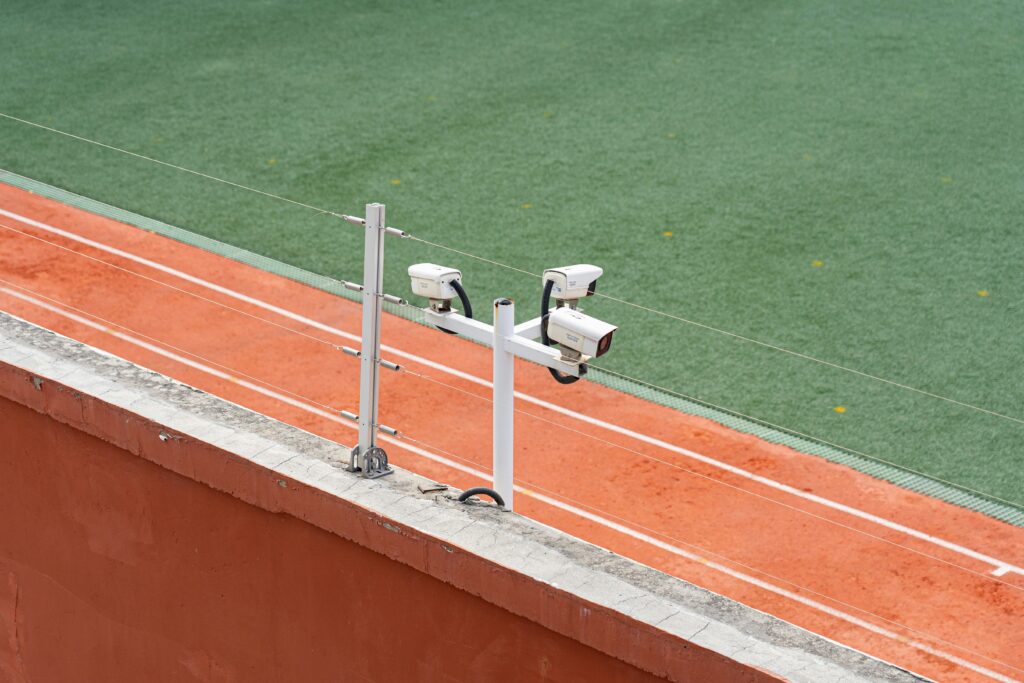In an era where personal safety and property protection are paramount, smart home security cameras have emerged as indispensable tools. Gone are the days of complex wiring and costly installations; today’s devices offer unparalleled ease of use, sophisticated features, and seamless integration into existing smart home ecosystems. Understanding the landscape of these innovative gadgets is crucial for making an informed decision that aligns with your security needs and budget.
The Evolution of Home Security: What’s New?
Recent advancements have pushed smart security cameras far beyond basic video recording. Manufacturers are now integrating high-definition 2K and 4K resolution, ensuring crystal-clear imagery that captures vital details. Enhanced night vision, often powered by infrared LEDs, provides clear footage even in complete darkness, a significant leap from grainy, barely discernible images of the past. Two-way audio communication, a standard feature in many modern cameras, allows users to speak with visitors or deter intruders from anywhere in the world, adding an active layer of defense.
Storage solutions have also diversified. While cloud storage offers convenience and off-site backup, local storage options, typically via SD cards or dedicated hubs, provide an alternative for those concerned about recurring subscription fees or internet dependency. Battery-powered cameras offer incredible flexibility for placement without the need for power outlets, while wired options ensure constant power and reliability, often with continuous recording capabilities.
Data and Insights: Choosing Your Ideal System
The market for smart home security is booming, with industry reports consistently pointing towards significant growth driven by consumer demand for accessible and effective security solutions. Leading brands like Arlo, Ring, Eufy, and Google Nest are continuously innovating, introducing features such as advanced motion detection, person/pet/package recognition, and even facial recognition in premium models. These intelligent systems minimize false alarms by differentiating between a falling leaf and an actual intruder, providing more accurate alerts.
When selecting a smart security camera, consider the following key factors:
- Resolution & Field of View: Higher resolution provides clearer images, and a wider field of view covers more ground.
- Power Source: Battery-powered for flexibility, wired for reliability.
- Storage Options: Cloud for convenience (often subscription-based), local for privacy and no recurring fees.
- Smart Features: Motion zones, person detection, two-way audio, siren.
- Integration: Compatibility with your existing smart home ecosystem (Google Home, Amazon Alexa, Apple HomeKit).
- Privacy & Security: Look for encryption, two-factor authentication, and transparent privacy policies.
A recent comprehensive comparison by The Verge highlights how different brands excel in various aspects, from video quality to smart features, underscoring the importance of tailored selection.
Impact on Homeowners and the Industry
The impact of these advanced systems on homeowners is profound. Beyond the tangible benefit of deterring crime, smart security cameras offer invaluable peace of mind. The ability to remotely check on children, pets, or elderly family members, or to receive instant notifications of unusual activity, empowers users with unprecedented control and awareness. For businesses, these systems offer a cost-effective way to monitor premises, manage access, and enhance overall security protocols.
The industry itself is constantly evolving, with a strong focus on enhancing user experience and integrating more complex analytics. This push toward smarter, more autonomous systems is reshaping both product development and consumer expectations.
The Future of Home Surveillance: Expert Opinions
Experts predict that the future of smart home security cameras will be characterized by even deeper integration and more sophisticated AI-driven analytics. Imagine cameras that can not only identify a person but also recognize specific individuals, trigger personalized responses, or even predict potential threats based on behavioral patterns. Longer-lasting batteries, solar charging capabilities, and more robust local processing for privacy-centric users are also on the horizon. The emphasis will shift from mere surveillance to proactive prevention and intelligent response, making homes not just monitored, but truly intelligent guardians.
As these technologies advance, the ethical considerations around privacy and data security will become even more critical. Choosing a reputable brand that prioritizes these aspects is as important as the features offered. For more insights on integrating various smart devices, check out our guide on Smart Home Integration Unlocked.
Conclusion: Smart Choices for a Secure Future
The landscape of smart home security cameras is dynamic and exciting, offering an array of options to fit every need and budget. By understanding the core features, considering your specific requirements, and staying informed about industry trends, you can make a smart choice that ensures your home remains a safe and secure haven. Investing in the right system is not just about buying a gadget; it’s about investing in peace of mind.

